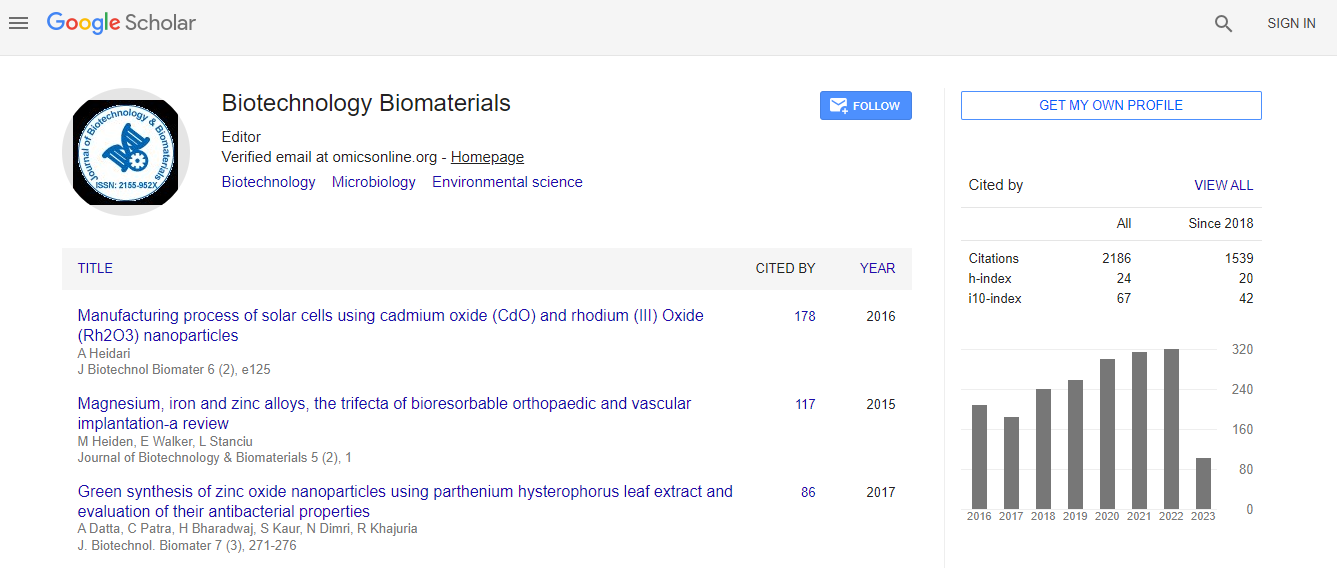Our Group organises 3000+ Global Events every year across USA, Europe & Asia with support from 1000 more scientific Societies and Publishes 700+ 91勛圖 Journals which contains over 50000 eminent personalities, reputed scientists as editorial board members.
91勛圖 Journals gaining more Readers and Citations
700 Journals and 15,000,000 Readers Each Journal is getting 25,000+ Readers
Citations : 3330
Indexed In
- Index Copernicus
- Google Scholar
- Sherpa Romeo
- Open J Gate
- Genamics JournalSeek
- Academic Keys
- ResearchBible
- China National Knowledge Infrastructure (CNKI)
- Access to Global Online Research in Agriculture (AGORA)
- Electronic Journals Library
- RefSeek
- Hamdard University
- EBSCO A-Z
- OCLC- WorldCat
- SWB online catalog
- Virtual Library of Biology (vifabio)
- Publons
- Geneva Foundation for Medical Education and Research
- Euro Pub
- ICMJE
Useful Links
Recommended Journals
Related Subjects
Share This Page
In Association with
Challenges for bacterial population in microbial fuel cells surrounded by unwittingly co-inoculated inhibitors
6th World Congress on Biotechnology
Iti Sharma
Indian Institute of Technology, Kharagpur, India
ScientificTracks Abstracts: J Biotechnol Biomater
DOI:
Abstract
The Microbial Fuel Cell (MFC) has advantages to generating power and wastewater treatment simultaneously. Microbial consortium, settle out as sludge catalyzes the reactions in Microbial Fuel Cells. Sludge collected from septic tank usually from domestic wastewater is used to inoculate bacteria in MFC. In sludge, usually 95% of the organisms are bacteria and 5% are higher organisms. Mixed bacterial population degrades the provided waste substrate for their nutrition along with to power MFC. However due to various chemical products used in daily life by human from morning till night causes lethal effects on bacterial metabolism by blocking fatty acid synthesis, glycolysis, peroxidase activity and the proton-translocating of bacterial membranes, etc. To obtain sustainable energy from waste, we have to save the bacterial population from the accumulation of these toxins in MFC. In domestic sludge, due to use of soaps, hand washes, dish-washing products, laundry detergents, plastics, toothpaste, mouthwashes, antiperspirants cosmetics, shaving creams, hair conditioners, impregnated sponges, surgical scrubs, pesticides like triclosan etc., the potent anti-microbial agent becomes the part of it. Use of disinfectants like chlorine in water also remains in the sludge and from stable toxic complexes with triclosan or other elements. As a result of various products such as toothpastes, tea, coffee, carbonated beverages and non-vegetarian food, fluoride remains in the inoculum sludge collected from domestic wastewater and causes toxicity to the bacterial population. Apart from above elements, there are various other harmful compounds unwittingly accompany microbial population while inoculation in MFC.Biography
Iti Sharma is currently pursuing her PhD from Indian Institute of Technology Kharagpur, India. She is working in the field of Bio-energy. She has published one book chapter and attended one national and one international conference. Her primary research area is to treat lignocellulosic waste and simultaneously power production using microbial fuel cells.

